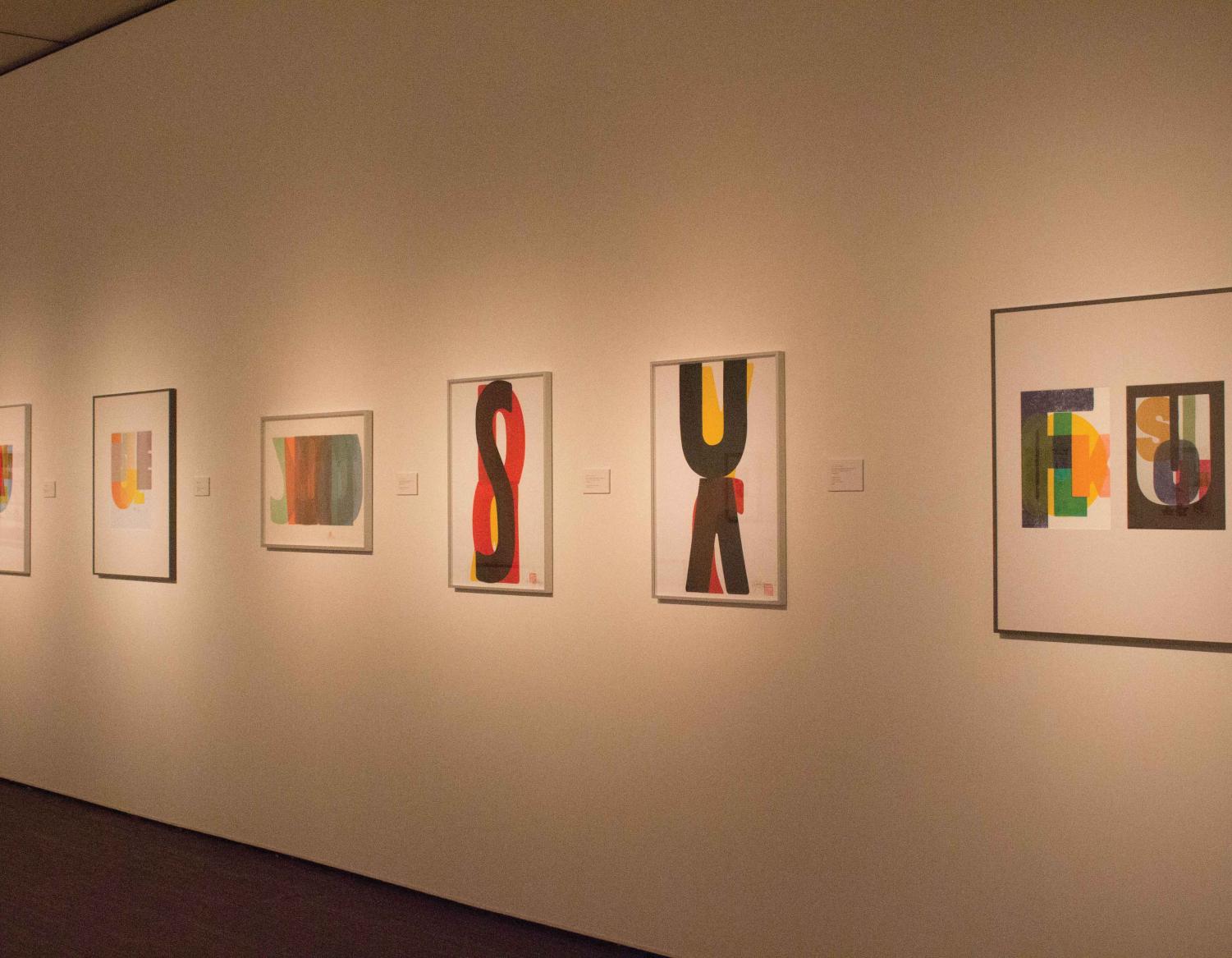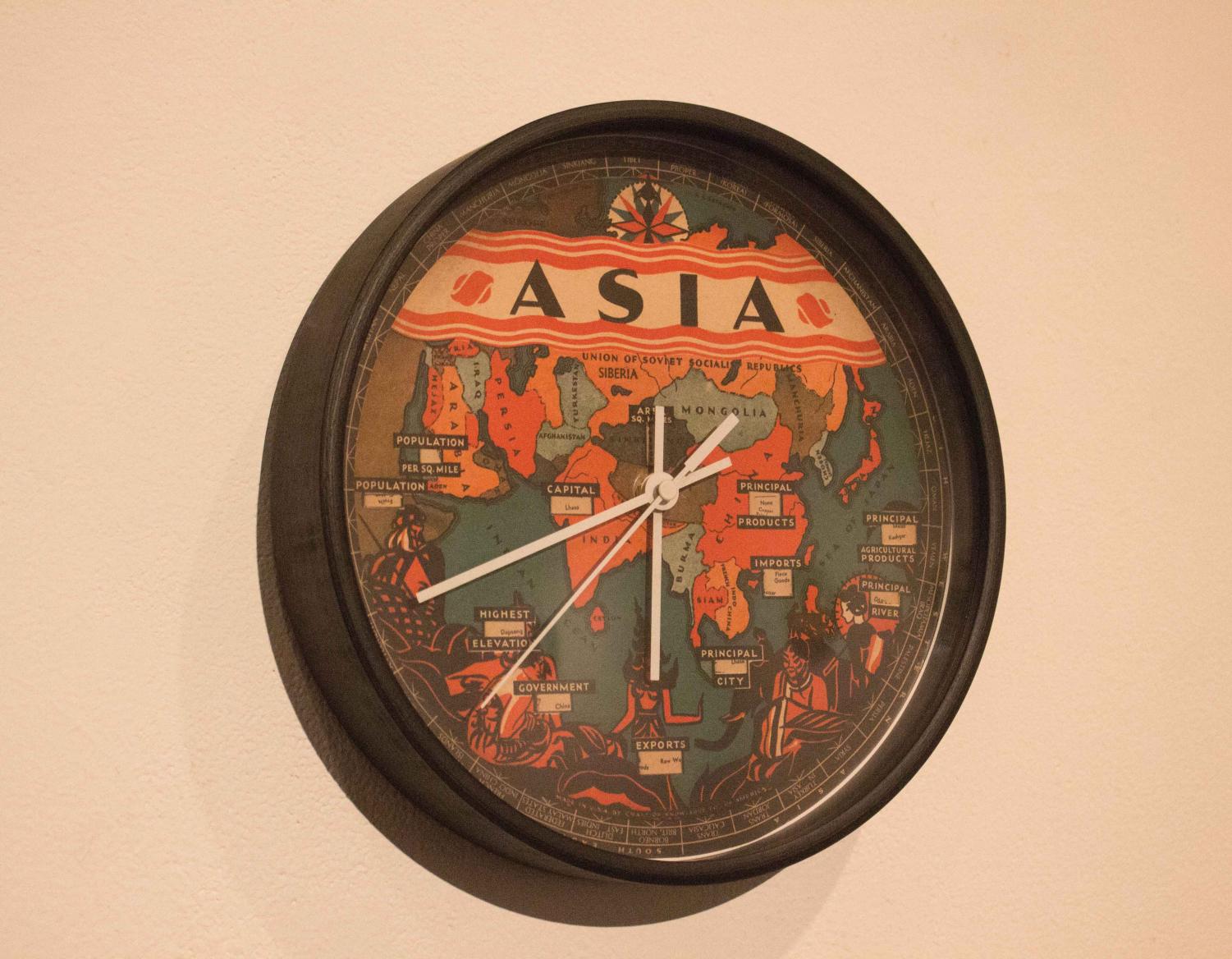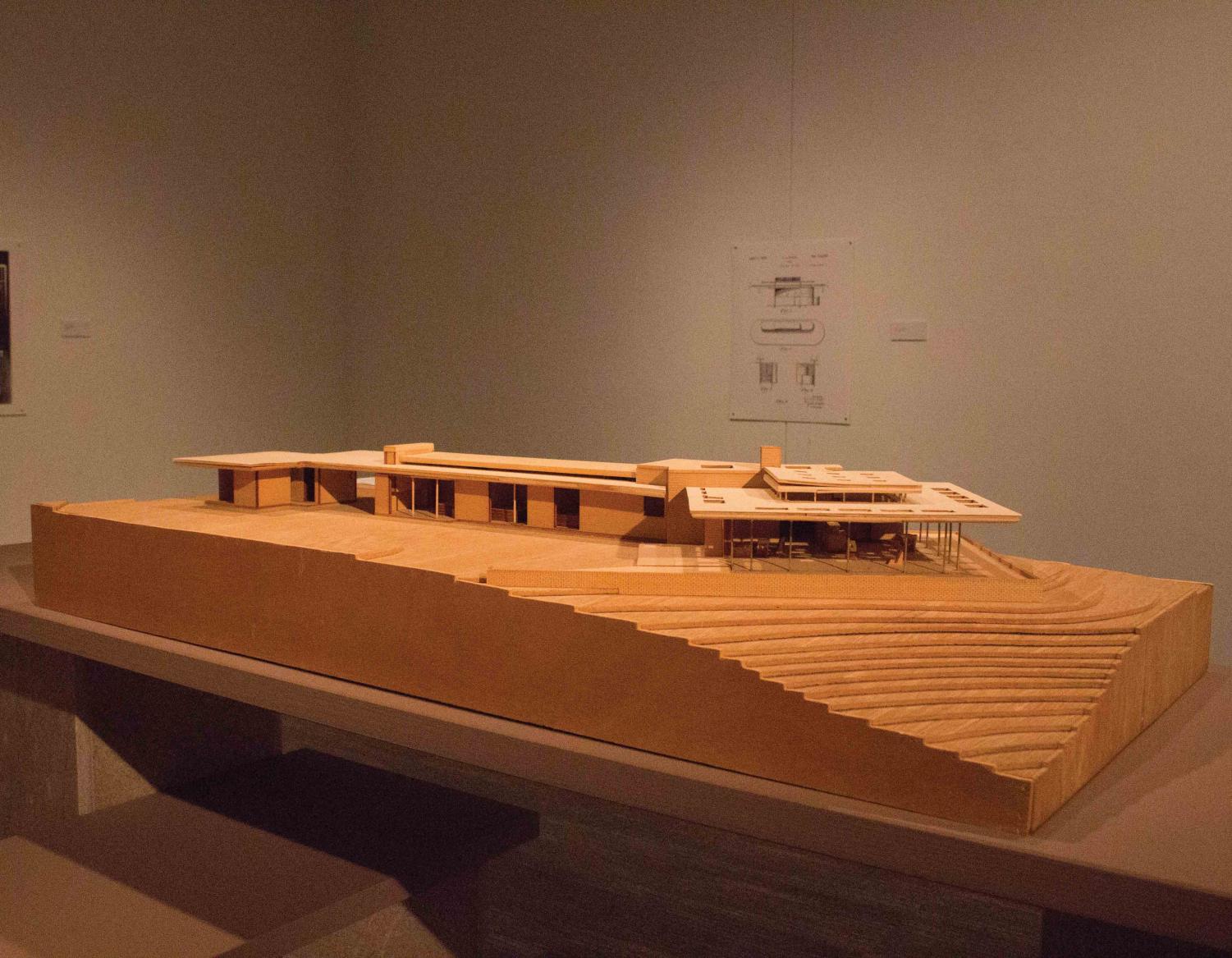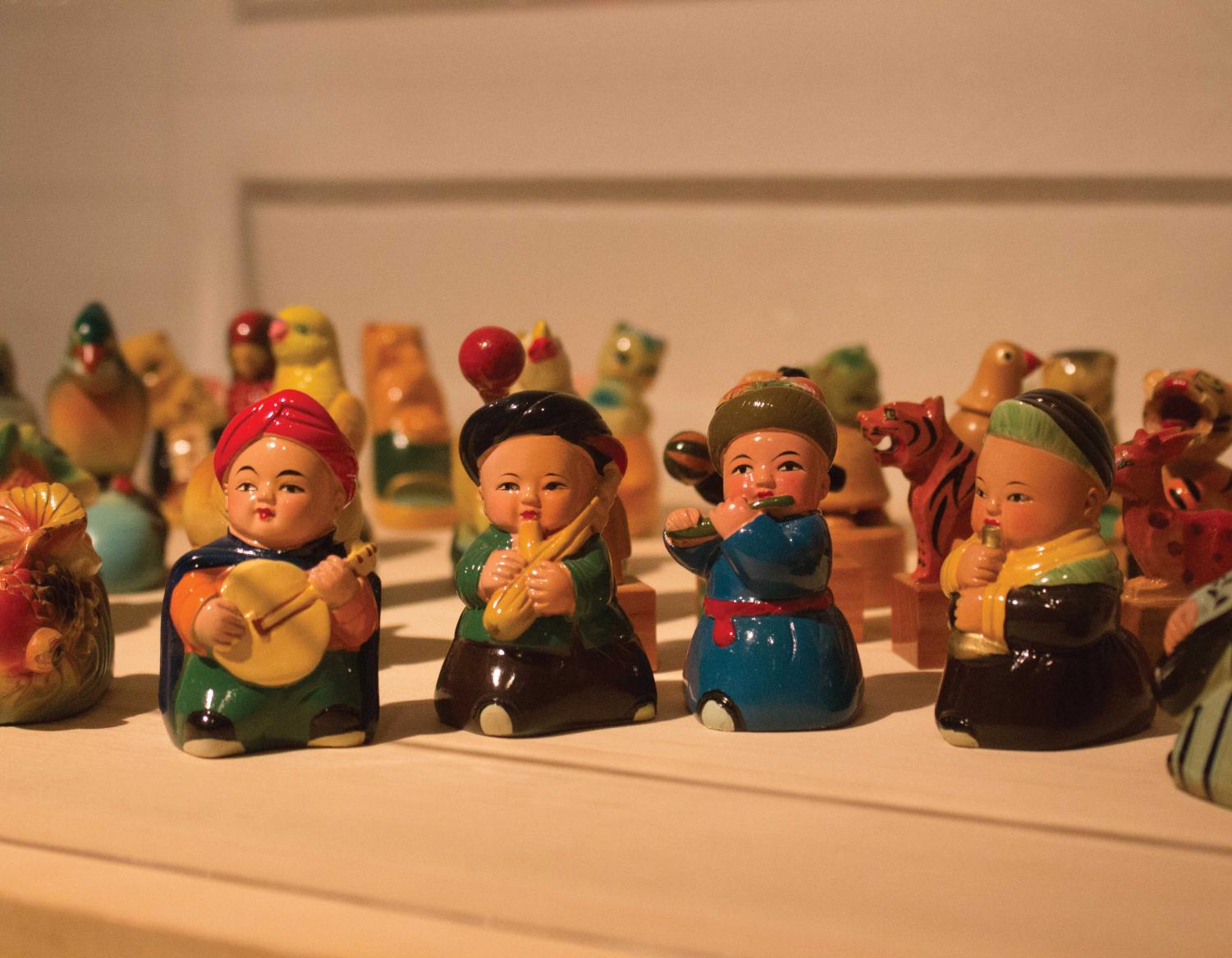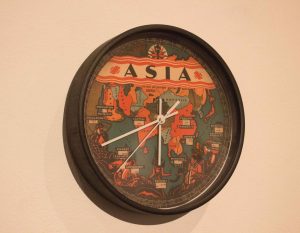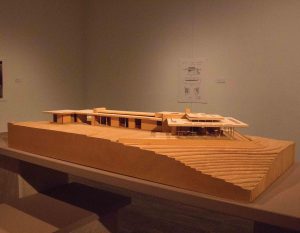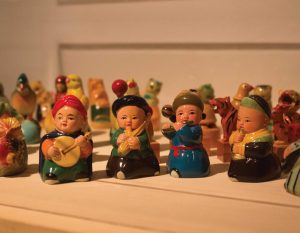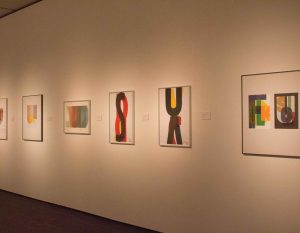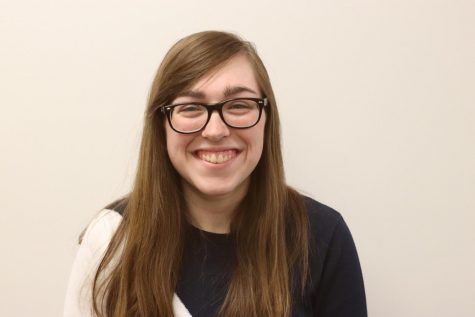UNI alumna discusses exhibition
Oct 11, 2018
The fortunes within fortune cookies are not something that people typically dont give much consideration. However, to Jessica Barness, UNI graphic design alumna and associate professor at Kent State University, they are an opportunity to blend her love of text and graphic design together into an art piece.
Barness once translated fortune cookie fortunes back and forth from Chinese to English and analyzed them in order to create a design piece.
Several of Barness’ works were discussed during the opening reception of “The Reach and Richness of Design: The Elena Diane Curris Biennial Design Exhibition” on Monday, Oct. 8 at the UNI Gallery of Art.
This exhibit was done in memory of Elena Diane Curris, daughter of Constantine Curris and Jo Hern Curris.
The Currises began the reception by praising UNI’s graphic design program and thanking art professor Roy R. Behrens for helping curate the show.
After introductions, Barness spoke about her life and the graphic design projects she has worked on over the years. She discussed her Master of Arts (MA) exhibition, the last thing she worked on as a UNI student.
“My exhibition for my MA that I completed here, it was more or less an environment,” Barness said. “I was investigating language in different contexts. In this case, it was vinyl lettering on these huge plexiglass panels that were suspended on the ceiling. There were three of them: a combination of poetic verse that I had written, shapes and ideas. It was an environment that kind of just sat in the middle of the room once it was installed so you could take it all in.”
Other examples of Barness’ work include wedding invitations from her previous job at the Chicago-based company Paper Source. Barness has also helped index the work of design magazine “Emigre” by creating a website where viewers can find writers, designers and typefaces that appeared during the magazine’s print run.
Barness is currently in her seventh year of teaching. During her time as a professor at Kent State University, Barness has explored a variety of mediums and ideas in her pieces. One such experiment involves “glitching and data-bending,” in which she edits the text files of images in order to distort them.
“This is literally taking the source code of an image, opening it up in TextEdit, rearranging the text and messing with it, opening up the JPEG again, and you get stuff like this,” Barness said. “It’s super fun.”
Along with these projects, Barness has crafted an exhibition about handwritten letters, collaborating with musicians to create multimedia experiences.
Barness’ exhibit at UNI includes various forms of graphic design, from information graphics and wheel charts to typography pieces made of wood. The gallery features editorial illustrations and a collection of pencil sharpeners from several time periods.
UNI graphic design students are also showcasing posters about the career of Frank Lloyd Wright, along with his architecture designs.
“I hope that a visitor to the gallery will realize the rigor involved in good graphic design,” said Darrell Taylor, director of the UNI Art Gallery.
“I think that people look at their iPhones every day and they don’t realize what it took to get there. They look at their pop can every day, and they don’t realize what it took to make that attractive, to make that appealing to the public. That’s just a couple of examples. Graphic design is in every magazine that you pick up, it’s in every brochure that you pick up for a historical society or for a bike trail. All of that has been designed, and it’s meant to be beautiful to look at, easy and useful.”


